Excel Curve Commercial Treadmill is one of the best curve treadmill in India.
Excel curve treadmill, also known as a non-motorized or manual treadmill, offers several advantages compared to traditional motorized treadmills.
- Speed Control: Magnetic Movement Resistance
- Max. User Weight: 150 Kg
Special Features
- Sport Mode 1-8 Files, 3 Sports Modes
- Actuation Mode Management, Resistance
- Adjustment Running Belt Tracked Nylon Frame
Frame
- Running Belt 180 cm X 44 cm
- Display Display Shows : Speed, Time, Distance, Calorie & Pulse
Here are some of the advantages of using a curve treadmill:
- No Electricity Required for curve treadmill: One of the primary advantages of a curved treadmill is that it doesn’t require electricity to operate. Traditional motorized treadmills need to be plugged in to power their motors, while curved treadmills rely entirely on the user’s effort to move the belt.
- Efficient and Natural Running Form: Curved treadmills encourage a more natural and efficient running form. Users have to propel the belt themselves by pushing off with each stride, which can promote a better posture, engage more muscle groups, and reduce the risk of overstriding.
- Greater Caloric Expenditure: The manual effort required to move the belt on a curved treadmill results in higher energy expenditure compared to motorized treadmills. This can lead to a more effective calorie burn during workouts.
- Improved Cardiovascular Conditioning: The manual nature of the curved treadmill forces users to work harder to maintain a desired pace. This can lead to improved cardiovascular conditioning, as it challenges the heart and lungs more effectively.
- Zero Starting Speed: Curve treadmill don’t have a minimum starting speed. Users can begin walking or running at their own pace without needing to adjust any settings, making it easier to transition between different speeds.
- No Mechanical Limitations: Motorized treadmills have a maximum speed, which might not be fast enough for advanced athletes or sprint training. Curve treadmills don’t have mechanical speed limitations; the faster you run, the faster the belt moves.
- Lower Maintenance Requirements: Curve treadmill generally have fewer components, such as motors and electronics, that can break down over time. This often results in lower maintenance requirements and longer lifespan.
- Minimal Noise: Curve treadmill tend to be quieter since they lack the noise generated by a motor. This can be especially beneficial for home users who want to exercise without disturbing others.
- Versatility: Curve treadmill can accommodate a variety of workouts beyond just running or walking. Users can perform interval training, sled pushes, backpedaling, and other dynamic exercises on the curved surface.
- Eco-Friendly: Since curve treadmill don’t rely on electricity, they have a smaller environmental footprint compared to motorized treadmills.
Curve Treadmill Workouts
Walking Workout:
Warm up with a slow and steady walk for 5-10 minutes.
Increase the incline slightly for an added challenge.
Maintain a brisk walking pace for 20-30 minutes.
Cool down with a slower walk and gentle stretches.
Jogging Workout:
Begin with a 5-10 minute warm-up walk.
Gradually transition to a light jog for 20-30 minutes.
You can vary the speed and incline throughout the workout for intervals.
Finish with a 5-10 minute cool-down walk and stretching.
Interval Training:
Warm up with a 5-minute walk or light jog.
Alternate between periods of high-intensity running (1-2 minutes) and recovery (1-2 minutes) at a slower pace.
Repeat these intervals for 20-30 minutes.
Cool down with a 5-minute walk and stretches.
Hill Repeats:
Warm up with a 5-minute walk or light jog.
Increase the incline to simulate a hill.
Alternate between periods of uphill running (1-2 minutes) and flat recovery (1-2 minutes).
Repeat for 20-30 minutes, gradually increasing the incline as you progress.
Cool down with a 5-minute walk and stretches.
Pyramid Workout:
Warm up with a 5-minute walk or light jog.
Start with a moderate pace and incline for 1 minute.
Increase the pace and incline slightly for 2 minutes.
Continue increasing the pace and incline incrementally up to 5 minutes.
Then, decrease both the pace and incline in the same manner.
Finish with a 5-minute cool-down walk and stretches.
Steady-State Run:
Warm up with a 5-10 minute walk or light jog.
Maintain a consistent pace and incline for a longer duration, such as 30-45 minutes.
This workout is aimed at building endurance and improving cardiovascular fitness.
Cool down with a 5-10 minute walk and stretching.
Fartlek Training:
Warm up with a 5-10 minute walk or light jog.
Mix up your pace by alternating between slow jogging, moderate running, and short bursts of faster sprints.
Customize the intervals and intensity based on your fitness level and preferences.
Perform this workout for 20-30 minutes.
Cool down with a 5-10 minute walk and stretches.

 Skip to content
Skip to content

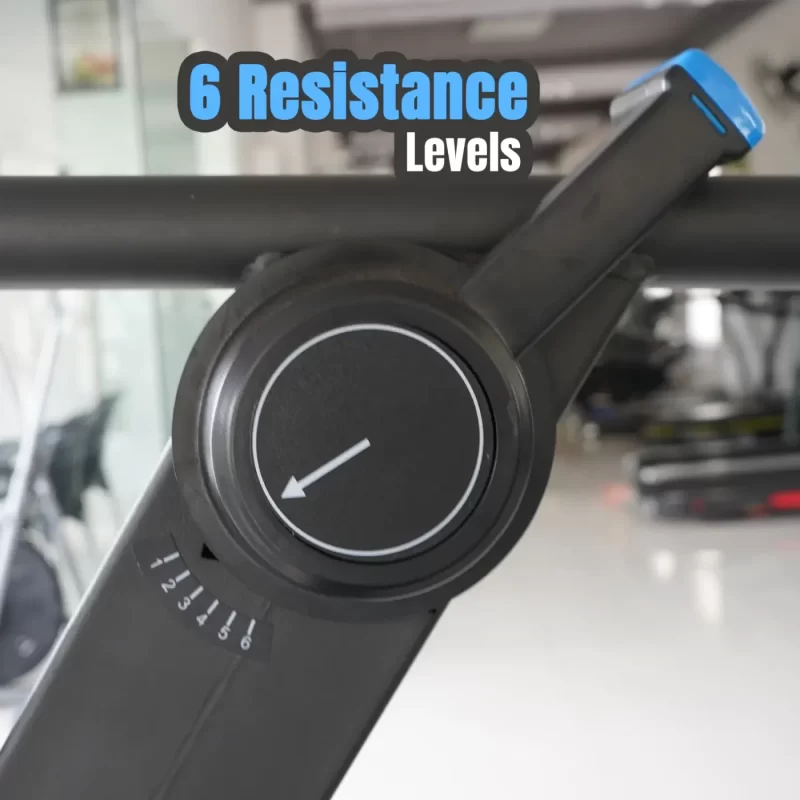
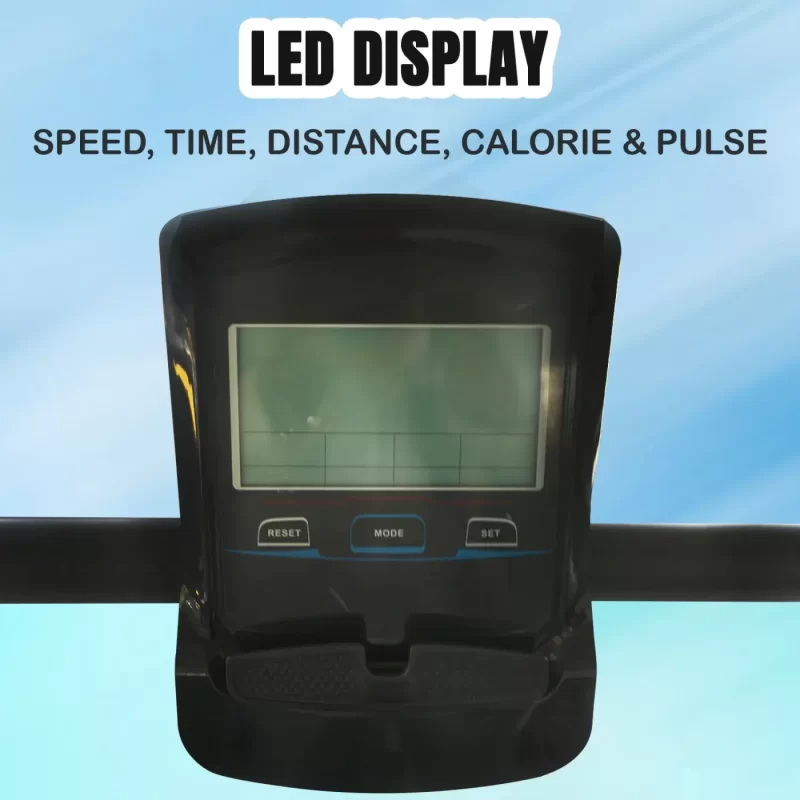





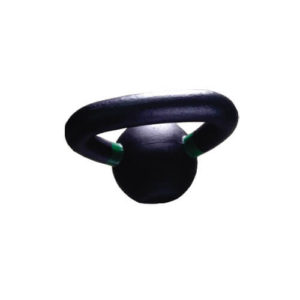
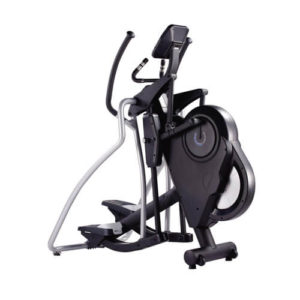
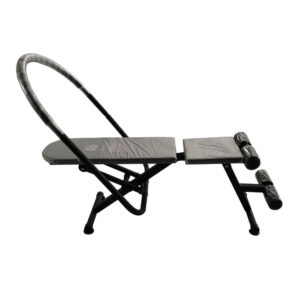
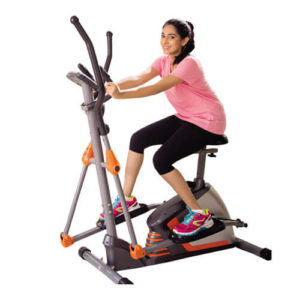

Reviews
There are no reviews yet.